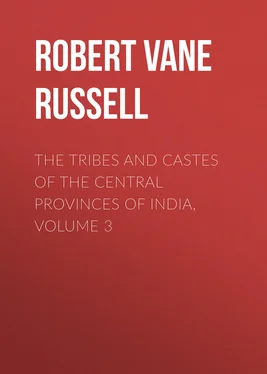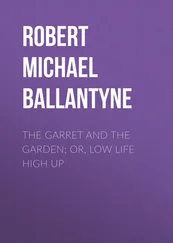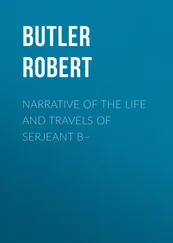Dhūpgarh in Pachmarhi might be indicated, which has a steep summit.
Terminalia arjuna.
This extract is reproduced by permission of the publishers, Messrs. Chapman & Hall, London.
Tekām the teak tree, Markām the mango tree, and Telengām the Telugu. These are the names of well-known exogamous septs.
See section on Religion.
See also art. Kahār.
The theory is stated and explained in vol. iv. of Exogamy and Totemism .
See para. 15.
Boswellia serrata.
Semecarpus anacardium.
Anogeissus latifolia.
Diosypyros tomentosa.
One rupee = 1s. 4d.
From Mr. Langhorne’s monograph.
The above rite has some resemblance to the test required of the suitors of Penelope in the Odyssey of bending the bow of Odysseus and shooting an arrow through the axes, which they could not perform.
The information on child-birth is obtained from papers by Mr. Durga Prasād Pānde, Extra Assistant Commissioner, and the Rev. Mr. Franzen of Chhindwāra, and from notes taken in Mandla.
See articles on Kunbi, Kurmi, and Mehtar.
Boswellia serrata.
The following examples of names were furnished by the Rev. Mr. Franzen and Mr. D. P. Pande.
See article on Kurmi.
Boswellia serrata.
Deputy-Commissioner, Chhīndwāra. The note was contributed to the Central Provinces Census Report for 1881 (Mr. Drysdale).
Ghora , a horse.
Diospyros tomentosa.
Cassia fistula.
This is incorrect, at present at any rate, as the Karma is danced during the harvest period. But it is probable that the ritual observances for communal fishing and hunting have now fallen into abeyance.
C. P. Gazetteer (1871), Introduction, p. 130.
This section contains some information furnished by R. B. Hīra Lāl.
Notes on the Gonds , pp. 15, 16.
Indian Caste , i. p. 325.
See article Birhor.
See article Bhunjia.
Notes , p. 1.
Highlands of Central India , p. 156.
Report on Bastar Dependency , p. 41.
Assessment of revenue for land.
Quoted in C.P. Gazetteer (1871), Introduction, p. 113.
Chhīndwāra Settlement Report.
Report on Bastar Dependency , p. 43.
Ind. Ant. (1876), p. 359.
See para. 65, Tattooing.
See para. 41, Religion.
Balaghat District Gazetteer , p. 87.
Rāwan was the demon king of Ceylon who fought against Rāma, and from whom the Gonds are supposed to be descended. Hence this song may perhaps refer to a Gond revolt against the Hindus.
The amaltas or Cassia fistula , which has flowers like a laburnum. The idea is perhaps that its leaves are too small to make a proper leaf-cup, and she will not take the trouble to get suitable leaves.
Hislop, Notes , p. 2.
Chhindwāra Settlement Report.
This article is based on a paper by Pandit Pyāre Lāl Misra.












